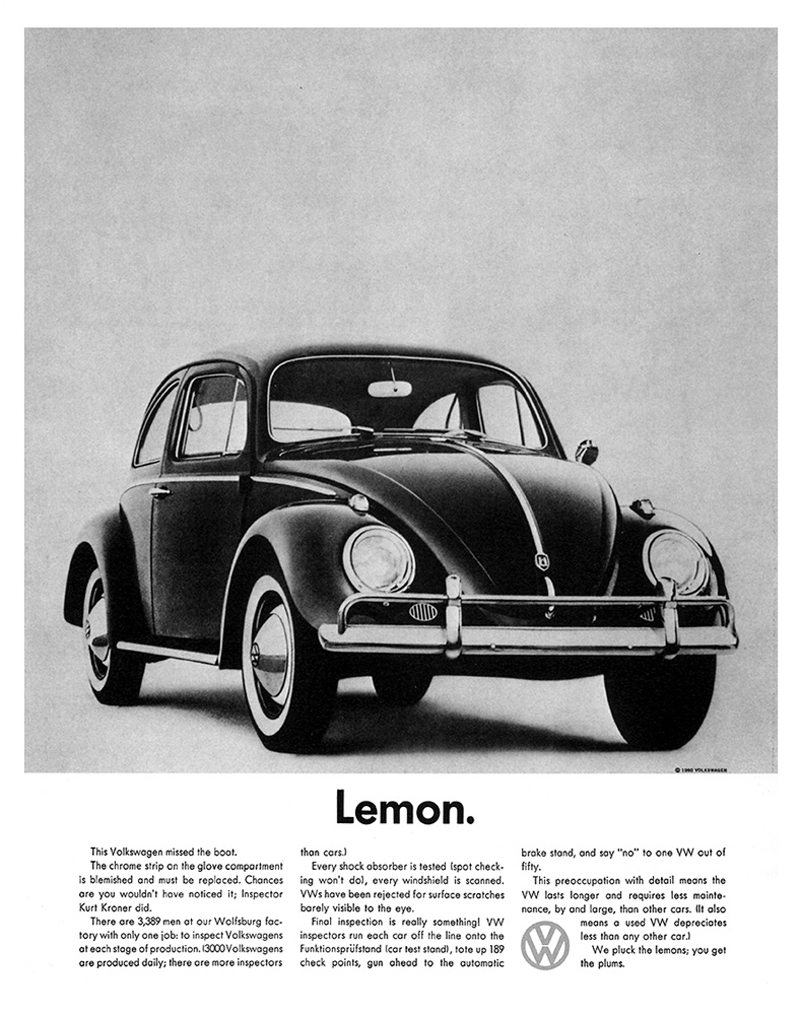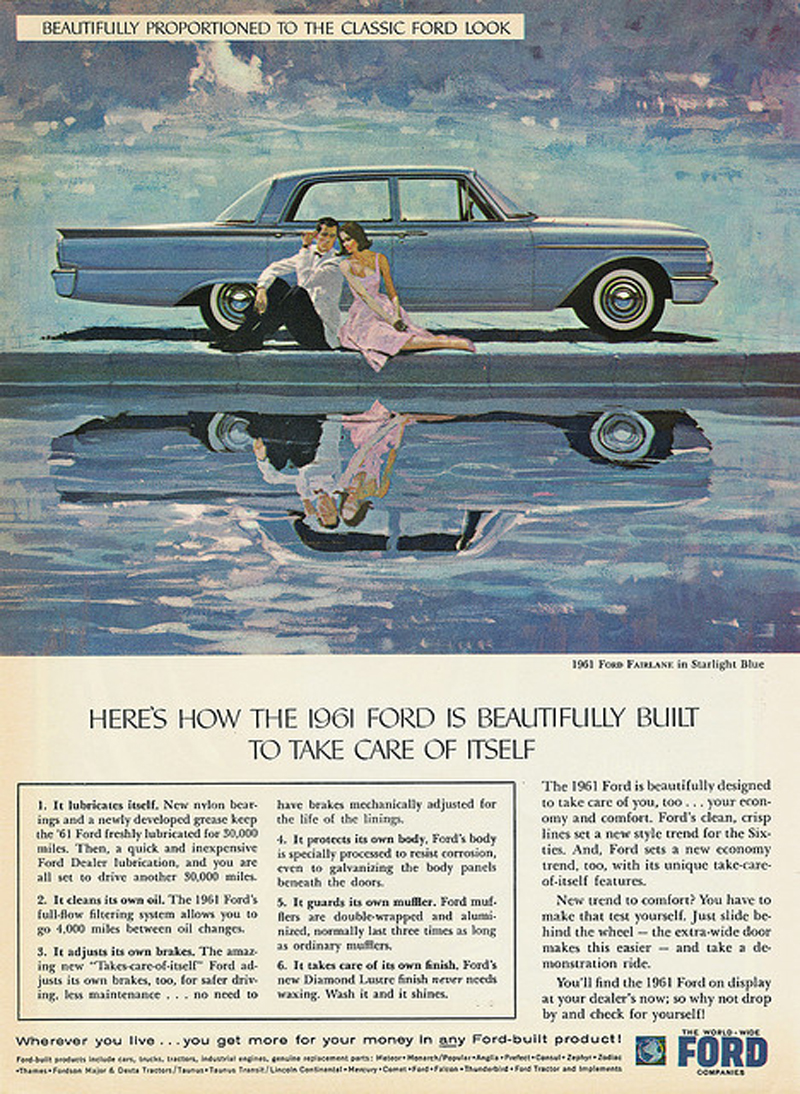If your mission, your reason for being in the world—regardless of whether you are a nonprofit, a for-profit business, a museum, or an educational institution—is good, then you have no excuse not to market yourself. You should get your marketing mindset in gear now.

The difference between marketing and not marketing is likely the difference between your extraordinary work being known or not. As Hubspot put it, your great work is a billboard that starts in the desert—it is up to you to bring it to Times Square. Marketing can be the difference between your mission being known and understood, and not. From this perspective, NOT to market is a crime.
When people hear the word marketing, many think immediately of false promises, tasteless tactics, or things sold in accordance with the capricious demands of “the market” instead of intelligent communication of your offerings done with integrity. Marketing should not be hucksterism. It should be, as Harry McCann put it, “truth well told.”
I was talking with a client the other day, and as the conversation came around to marketing, it became clear that the topic was somewhat loathsome. His attitude was, “Well, if we must, I will submit to it.” Perhaps the indelible impression left by hard sell marketing techniques, such as those of the classic Ginsu Knife TV ads of the 1970s, have tainted the whole notion of marketing.
Your marketing efforts really should be an expression of the truth. Your marketing should understand and speak to your audience, but the important thing is that your organization actually IS inspirational, your programs actually ARE exceptional, and you actually are making those who come into contact with your organization or its products better because of that contact. What marketing does in this case is spread the word of your true value and meaning. It carries this message out to places it would otherwise never reach.
The fact that you are doing great things only gets you so far. The natural pull of your brand will inevitably attract some, particularly those who can sense your affinity to them from an uncanny distance. These are your brand evangelists, your missionaries, and they are essential, but this is likely not all that you need. Your mission is important enough to demand more active distribution.
Marketing should be, as Harry McCann put it, “truth well told.”
You need to tell your side of the story, your true story in your own voice. You need to show a wider audience what you are really up to, why they should care, and why they should believe you. You must make yourself understood. This is the place, the time, and the purpose of marketing. It’s not a dirty word. And it does not have to be dirtily done. It can be absolutely true to your brand and still highly effective.
A well-devised marketing campaign recognizes the desires of the marketplace while being both true and memorable. In other words, it strengthens the brand of the institution that stands behind it while it appeals to the target audience.
An image of the classic 1960s “think small” Volkswagen advertising campaign came into my head as I was writing this. I do not know these ads from a personal encounter with them in their original context (I was not even born yet), but they stand in my memory as the kind of marketing that enters the mind of the consumer and, once there, recreates the product while remaining true to it. These ads created by Julian Koenig and William Bernbach are from an entirely different age, and yet their effect and effectiveness still resonate today.
Marketing can be the difference between your mission being known and understood, and not. From this perspective, NOT to market is a crime.
The minimalist yet aesthetically refined approach, delivering visual and verbal economy of means, was in perfect sync with the product itself. Running counter to the ads of the day that emphasized features like “wide track,” the “think small” campaign communicated value, intelligence, and design so effectively that it converted the popular perception of these cars into something eminently cool. The transformation was permanent.
While true to the product and carefully crafted to draw attention to particular product benefits, a near-perfect balance of art and copy is achieved. The ironic headline “Lemon” had a shock value which captured the reader’s attention and drew them to read the copy at the bottom, in this particular ad the story of Inspector Kurt Kroner. “The chrome strip on the glove compartment is blemished and must be replaced. Chances are you wouldn’t have noticed it; Inspector Kurt Kroner did.” (See some other ads from the campaign.)
Side note: If you think the copy is really long, this was, in fact, average to short by the print advertising standards of the day. See below the more typical ad for the 1961 Ford Fairlane. Compare the headline “Lemon.” to “Here’s How the 1961 Ford is Beautifully Built to Take Care of Itself”, and just for good measure a secondary headline: “Beautifully Proportioned to the Classic Ford Look.”
Catchy.
Now listen, if you would, to the words of William Bernbach’s 1949 manifesto on the creative revolution: “Let us prove to the world that good taste, good art, good writing can be good selling.”
Take this to heart next time the “M” word comes up at your institution. Consider how building a marketing mindset can help you carry forward your organizational challenge to make the world better.
Image credit: Volkswagen Lemon 1959 advertisement created by Bill Bernbach‘s DDB ad agency; vintage Ford advertisement



Ask for help.
We are kind, thorough and ready when you are. You just need to ask.